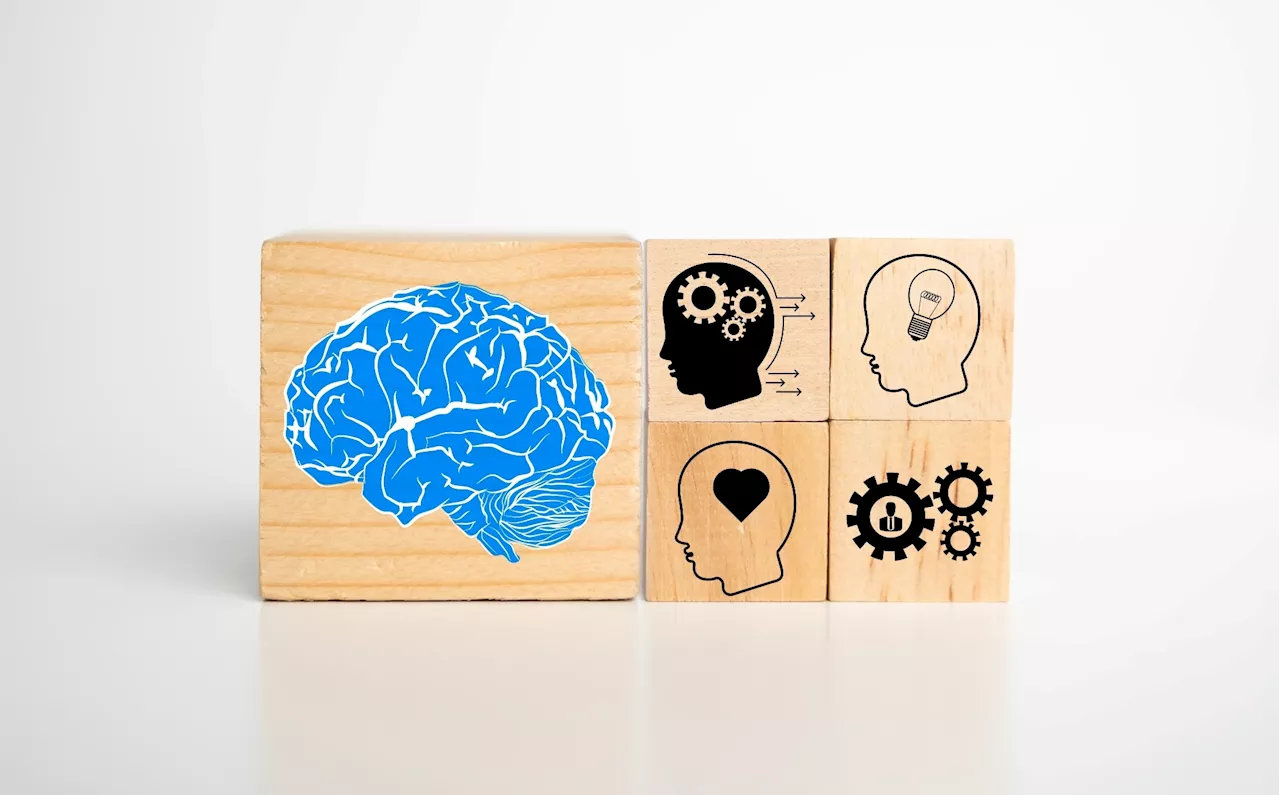Researchers used 3D transport-based morphometry to visualize brain changes linked to 16p11.2 CNV, achieving high prediction accuracy and advancing autism precision medicine.
By Vijay Kumar MalesuReviewed by Susha Cheriyedath, M.Sc.Jun 18 2024 In a recent study published in the journal Science Advances, researchers in the United States used 3D transport-based morphometry to identify and visualize brain changes linked to 16p11.2 genetic copy number variation , enhancing prediction accuracy and advancing precision medicine in autism.
About the study In the present study, subjects were recruited from the Simons VIP project, reviewed by the Johns Hopkins Institutional Review Board, and acknowledged as exempt as subjects were deidentified from a preexisting database. Participants were referred by clinical genetic centers, testing laboratories, web-based networks, and self-referral. Screening and medical record reviews were conducted by Geisinger and Emory University, with 16p11.
T1-weighted magnetization-prepared gradient-echo image images were collected using standardized protocols. Preprocessing involved excluding non-brain tissues, segmenting gray and white matter, and normalizing brain size. The 3D TBM technique, based on optimal mass transport, transformed images to identify and visualize tissue patterns linked to 16p11.2 CNV, combined with machine learning for automated discovery and visualization.
Related StoriesThe study utilized T1-weighted MPRAGE images from the Simons VIP dataset. Images were coregistered and segmented into gray and white matter tissues using Statistical Parametric Mapping software. After normalizing tissue mass, TBM transformed each image into the transport domain relative to a reference image, generating transport maps that were analyzed.
Genetic cohorts were highly separable in the transport domain using penalized linear discriminant analysis for white and gray matter. Genetic cohorts were more separable based on white matter distribution, with direction 1 showing a dose-dependent influence of 16p11.2 CNV on brain structure. Classification performance on the test set using 10-fold cross-validation showed 94.6% accuracy for white matter and 88.5% for gray matter.
Brain Gene Machine Learning Children Diagnostic Genetic Genetics Hospital Imaging Medicine Precision Medicine Research
United Kingdom Latest News, United Kingdom Headlines
Similar News:You can also read news stories similar to this one that we have collected from other news sources.
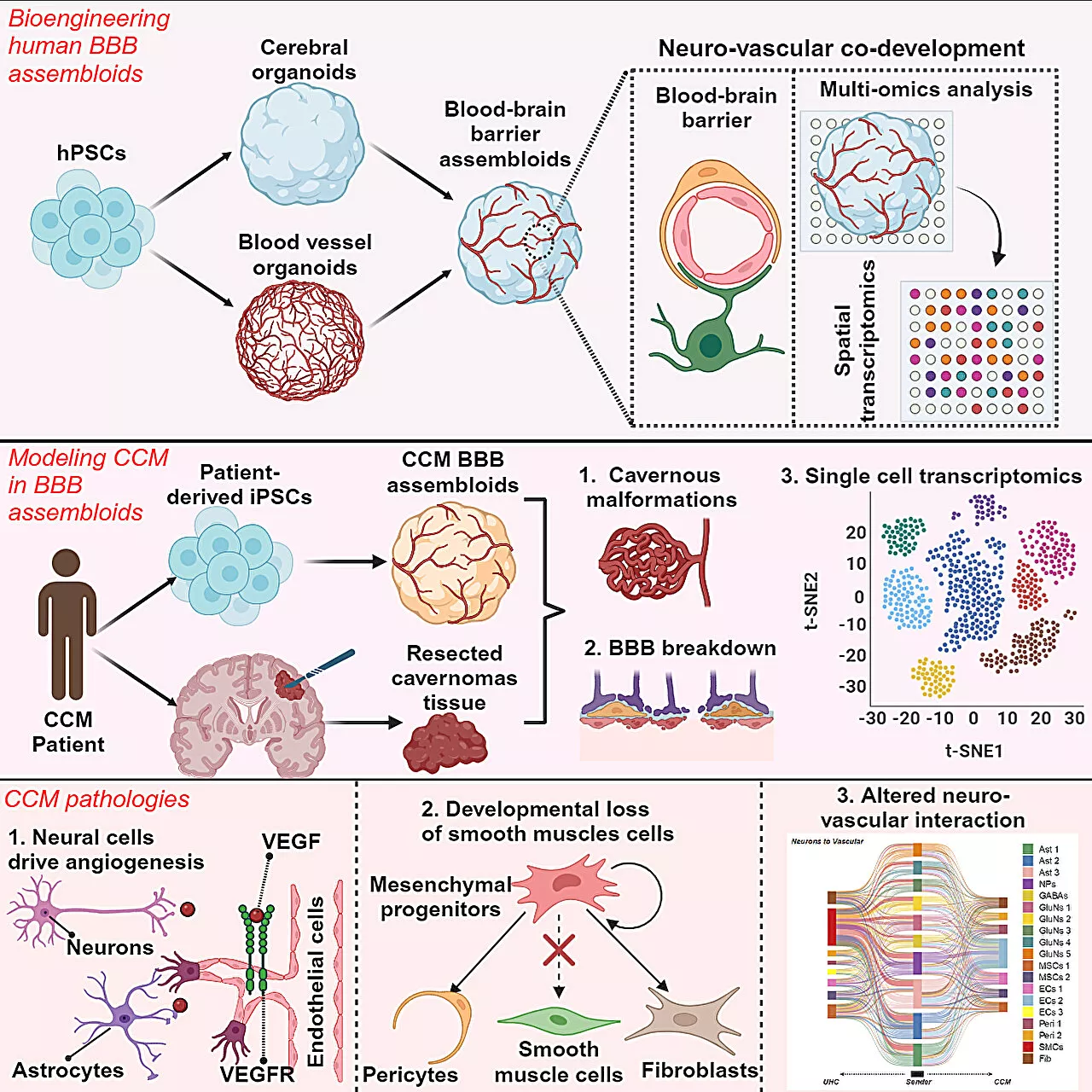 Brain 'assembloids': Researchers develop first human mini-brain with fully functional blood-brain barrierIn a pioneering achievement, a research team led by experts at Cincinnati Children's has developed the world's first human mini-brain that incorporates a fully functional blood-brain barrier (BBB).
Brain 'assembloids': Researchers develop first human mini-brain with fully functional blood-brain barrierIn a pioneering achievement, a research team led by experts at Cincinnati Children's has developed the world's first human mini-brain that incorporates a fully functional blood-brain barrier (BBB).
Read more »
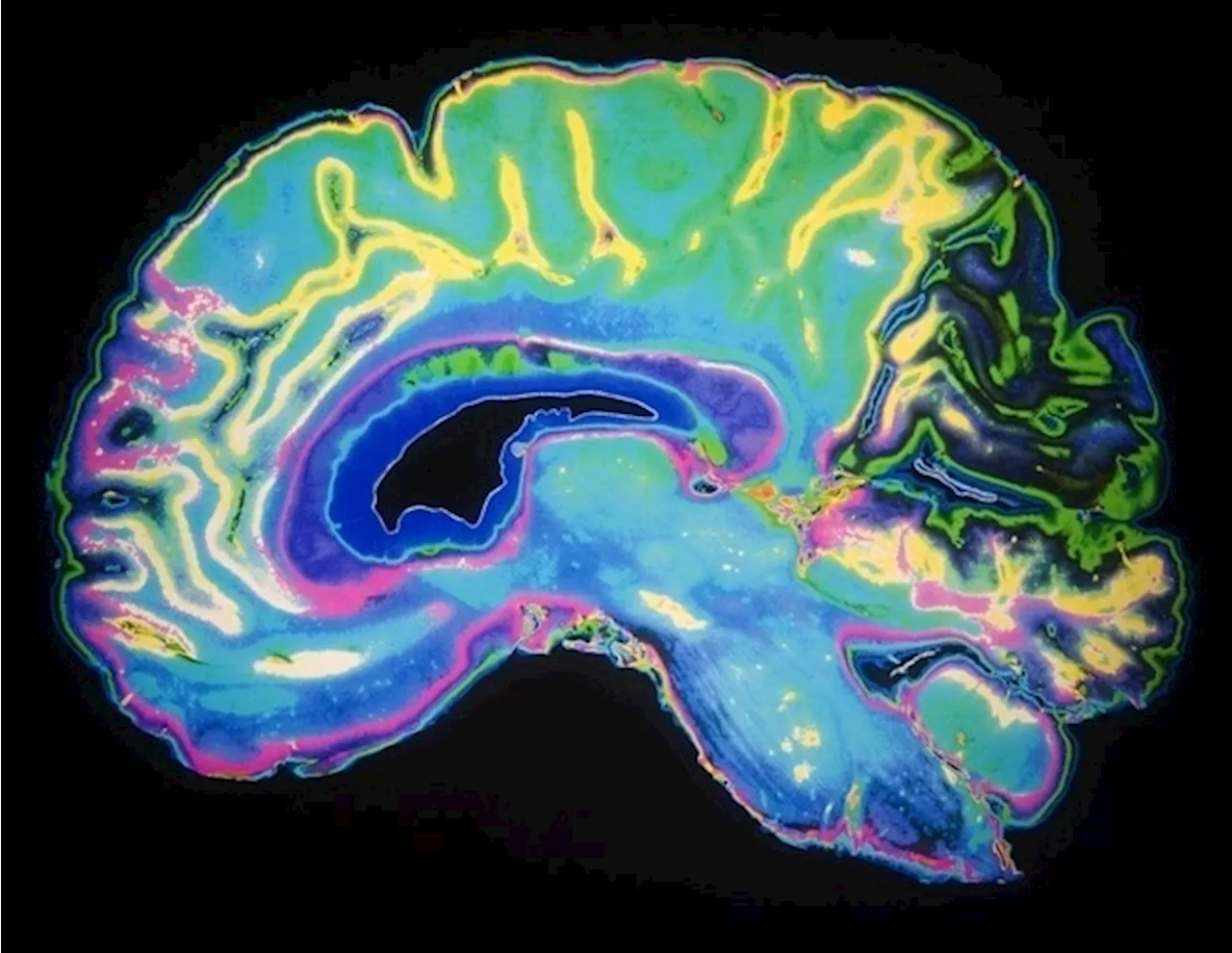 Researchers pinpoint specific brain region necessary for motivation to help othersOur willingness to help others is governed by a specific brain region pinpointed by researchers in a study of patients with brain damage to that region.
Researchers pinpoint specific brain region necessary for motivation to help othersOur willingness to help others is governed by a specific brain region pinpointed by researchers in a study of patients with brain damage to that region.
Read more »
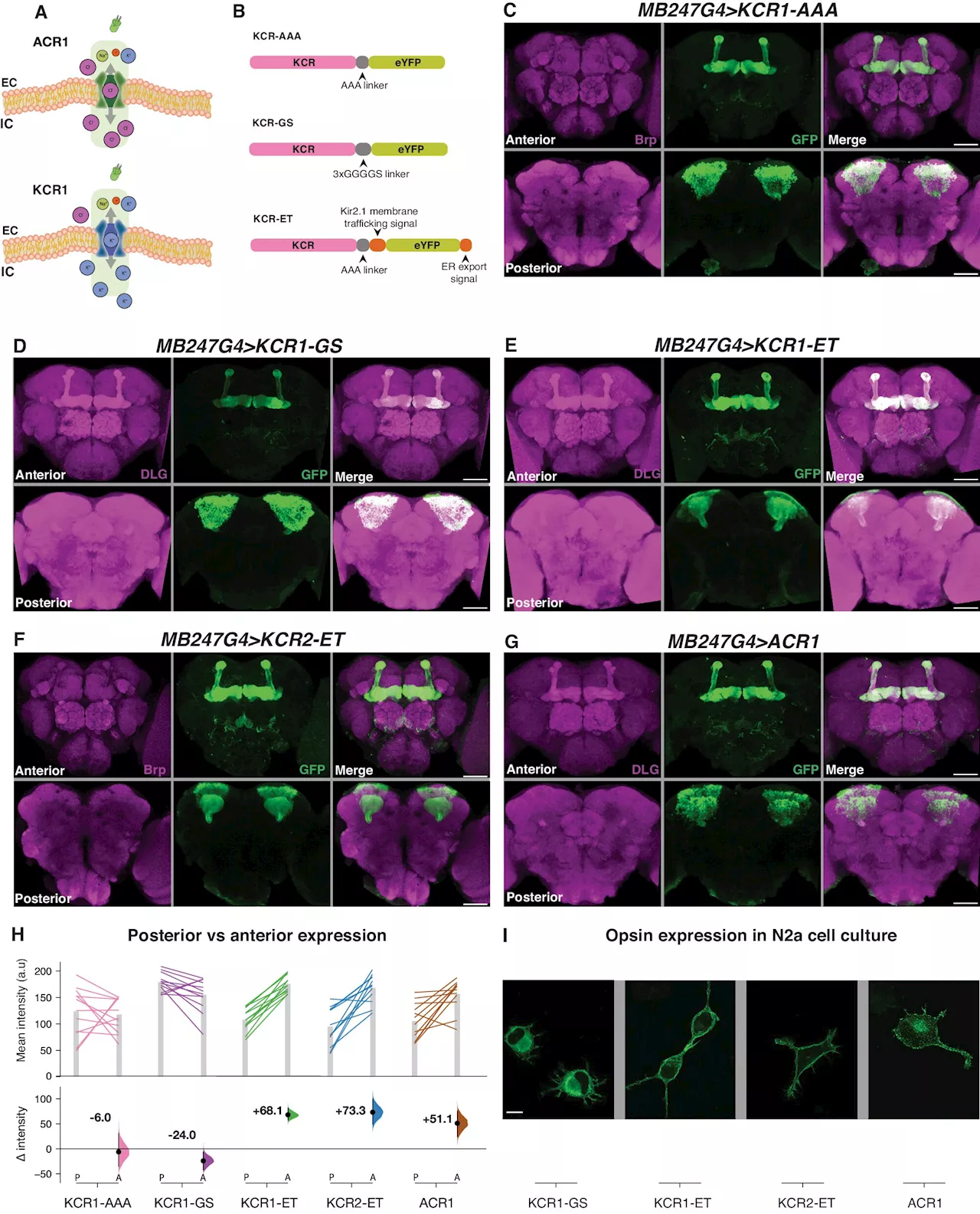 Researchers develop new light-controlled 'off switch' for brain cellsResearchers from Duke-NUS Medical School have found that a new class of light-sensitive proteins are capable of turning off brain cells with light, offering scientists an unprecedentedly effective tool to investigate brain function.
Researchers develop new light-controlled 'off switch' for brain cellsResearchers from Duke-NUS Medical School have found that a new class of light-sensitive proteins are capable of turning off brain cells with light, offering scientists an unprecedentedly effective tool to investigate brain function.
Read more »
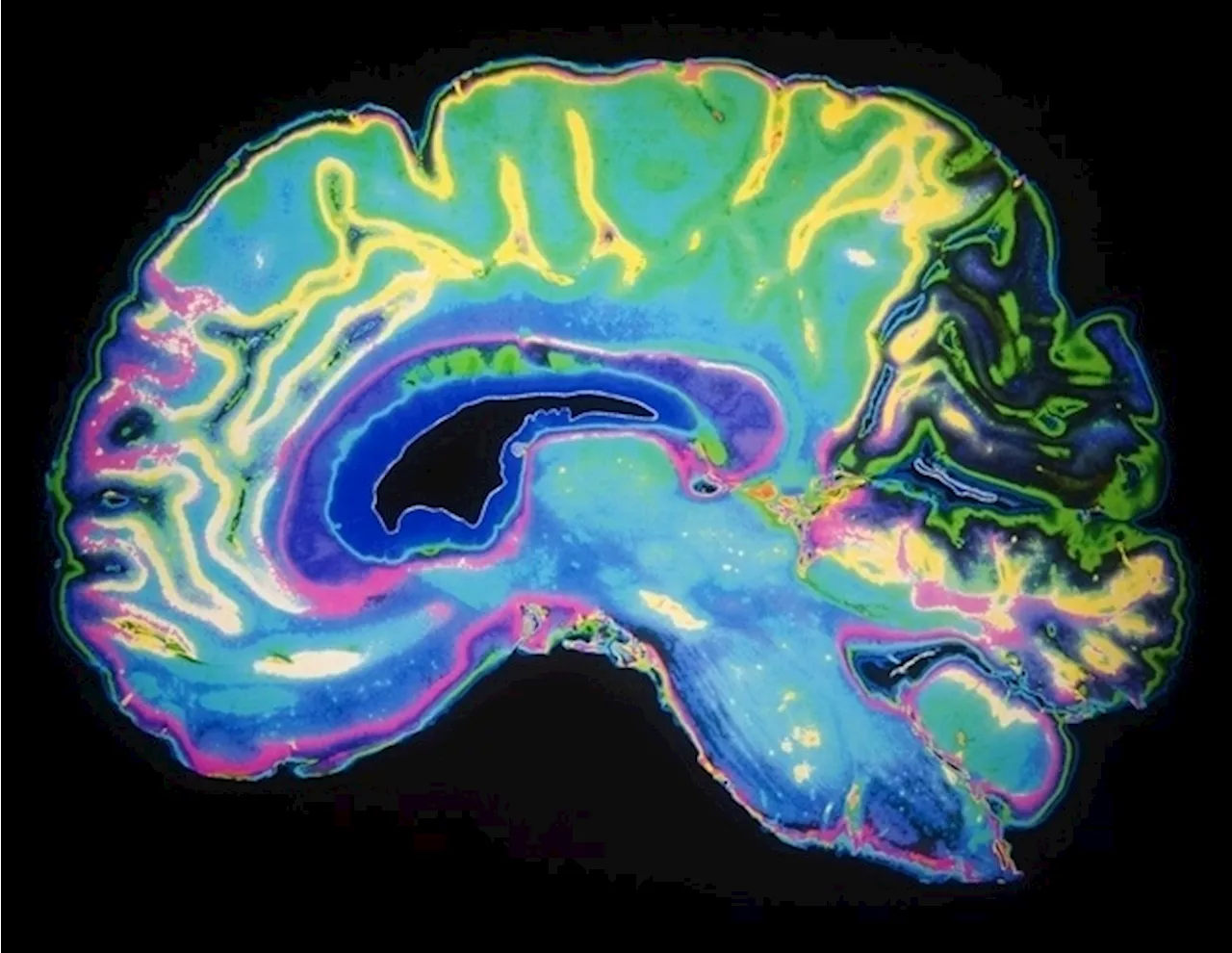 Researchers produce advanced multidimensional maps of gene regulation networks in the brainA consortium of researchers has produced the largest and most advanced multidimensional maps of gene regulation networks in the brains of people with and without mental disorders.
Researchers produce advanced multidimensional maps of gene regulation networks in the brainA consortium of researchers has produced the largest and most advanced multidimensional maps of gene regulation networks in the brains of people with and without mental disorders.
Read more »
 Researchers create 'chameleon' compound that targets drug-resistant brain cancersIn a new study, Yale researchers describe how a novel chemical compound attacks drug-resistant brain tumors without harming healthy surrounding tissue.
Researchers create 'chameleon' compound that targets drug-resistant brain cancersIn a new study, Yale researchers describe how a novel chemical compound attacks drug-resistant brain tumors without harming healthy surrounding tissue.
Read more »
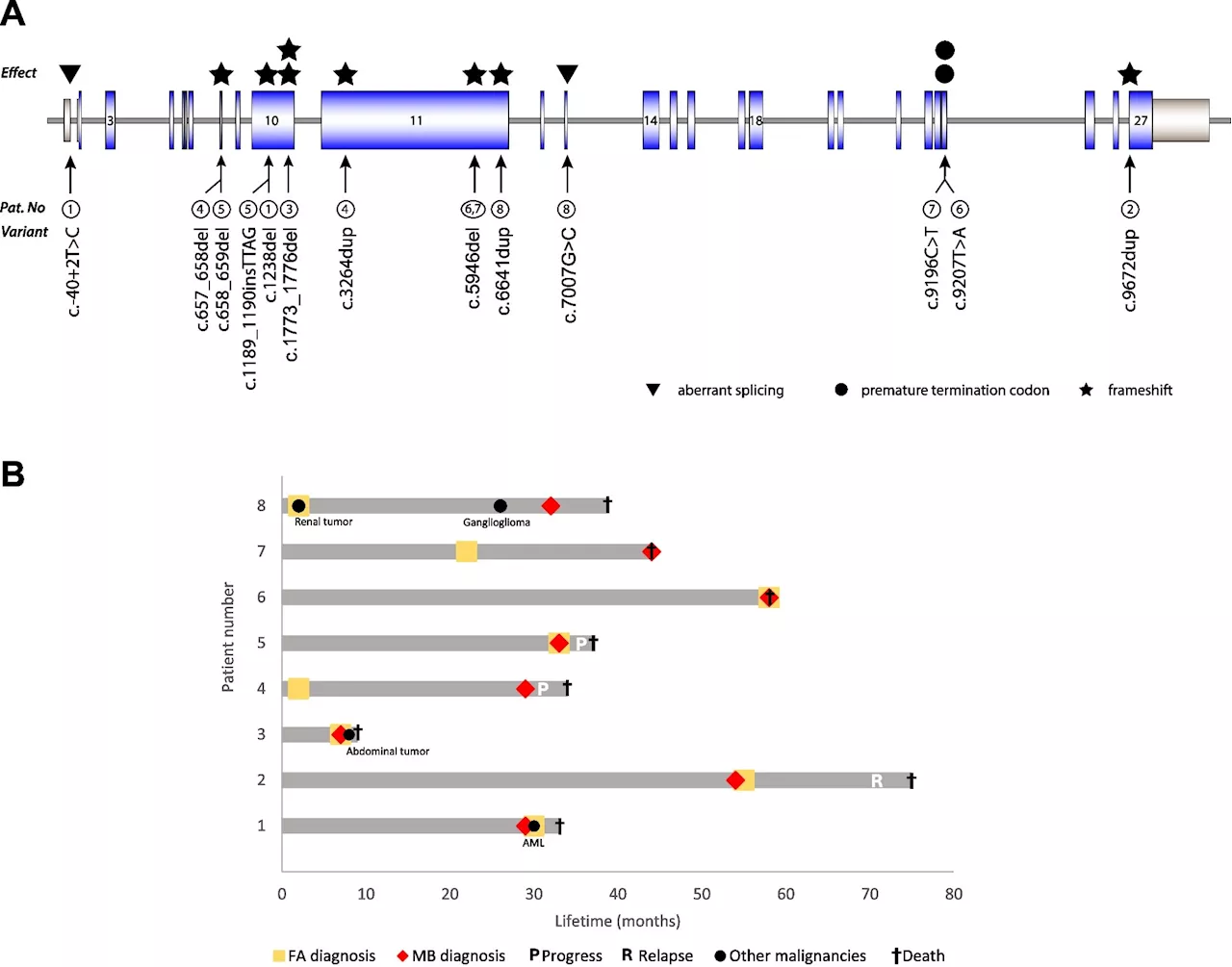 Fanconi anemia: Researchers say brain tumors are fatal when there is a double gene mutationFanconi anemia (FA) is a rare hereditary cancer predisposition disease characterized by bone marrow failure as well as endocrine and physical abnormalities. A key clinical feature in those affected is a high risk of cancer. The reason for this is that certain genes involved in the repair of DNA damage do not function properly in the disease.
Fanconi anemia: Researchers say brain tumors are fatal when there is a double gene mutationFanconi anemia (FA) is a rare hereditary cancer predisposition disease characterized by bone marrow failure as well as endocrine and physical abnormalities. A key clinical feature in those affected is a high risk of cancer. The reason for this is that certain genes involved in the repair of DNA damage do not function properly in the disease.
Read more »
